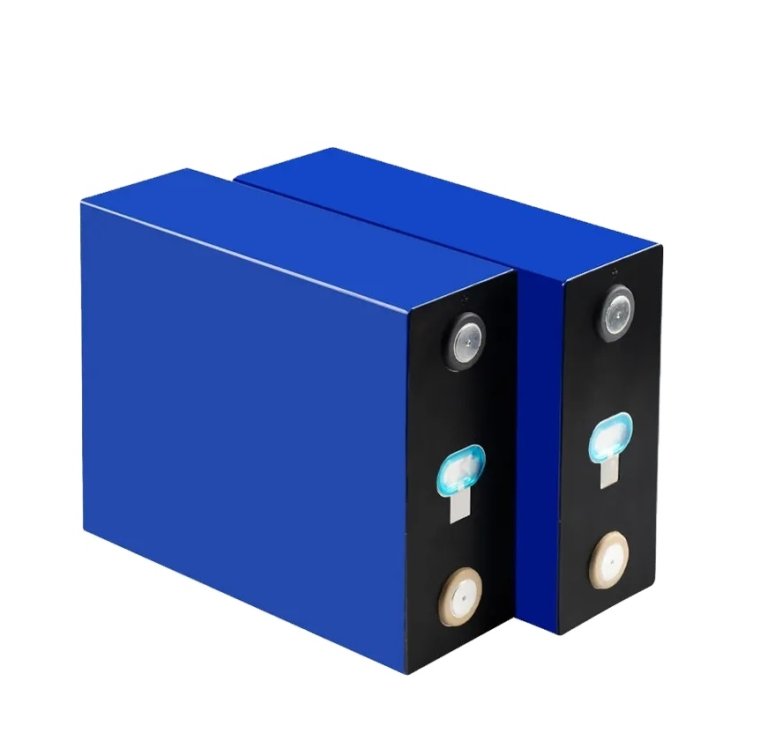In today’s fast-paced, technology-driven world, the demand for efficient and sustainable energy storage continues to grow. From smartphones and laptops to electric vehicles and renewable energy systems, lithium batteries have become the power source of choice. Their lightweight design, high energy density, and long lifespan make them an indispensable part of modern life.
As a leading high-tech enterprise dedicated to the research, production, and sales of new energy lithium batteries, Huihang Technology provides high-quality, high-performance lithium battery solutions to customers worldwide. With a strong focus on innovation and reliability, Huihang’s products are widely used in consumer electronics, industrial equipment, and green energy applications.
This comprehensive guide explores the different types of lithium batteries, their key features, and essential maintenance tips to help you get the best performance and longevity from your battery systems.

1. Main Types of Lithium Batteries
(1) Lithium-Ion (Li-ion) Batteries
These are the most common type used in portable electronics and electric vehicles. Li-ion batteries offer excellent energy density, fast charging, and a long cycle life. They are ideal for high-performance applications that require consistent power output and efficiency.
(2) Lithium Iron Phosphate (LiFePO₄) Batteries
Known for their outstanding safety and stability, LiFePO₄ batteries are widely used in solar energy storage systems, electric vehicles, and backup power units. They are highly resistant to overcharging and thermal runaway, making them one of the safest lithium battery types.
(3) Lithium Polymer (Li-Po) Batteries
Li-Po batteries use a polymer electrolyte instead of a liquid one, allowing for flexible shapes and sizes. They are lightweight and compact, commonly used in drones, RC devices, and mobile electronics where space and weight are critical factors.
(4) Lithium Manganese Oxide (LiMn₂O₄) Batteries
These batteries provide high thermal stability and are often used in medical devices and power tools. They deliver strong current bursts and perform well under high-temperature conditions.
(5) Lithium Nickel Manganese Cobalt Oxide (NMC) Batteries
Offering a balanced combination of energy density, safety, and lifespan, NMC batteries are popular in electric vehicles and power storage systems. They represent one of the most efficient solutions for large-scale energy applications.
2. Key Features and Advantages of Lithium Batteries
High Energy Density:
Lithium batteries store more energy in a compact form, making them perfect for lightweight and space-limited devices.
Long Cycle Life:
Compared with traditional lead-acid batteries, lithium batteries can withstand hundreds or even thousands of charge and discharge cycles while maintaining stable performance.
Fast Charging Capability:
Advanced lithium battery technology enables rapid charging, reducing downtime and improving convenience for users.
Low Self-Discharge Rate:
Lithium batteries lose very little energy when not in use, ensuring long-term power availability and efficiency.
Eco-Friendly and Sustainable:
Lithium batteries are more environmentally friendly, offering high recyclability and supporting the global shift toward green energy.
Huihang Technology integrates all these benefits into its advanced lithium battery solutions, combining superior materials, precision manufacturing, and intelligent management systems to deliver exceptional reliability and performance for diverse applications.
3. Essential Maintenance Tips for Lithium Batteries
To maximize the performance and lifespan of your lithium battery, consider the following best practices:
• Avoid Overcharging and Deep Discharging
Keep your battery between 20% and 80% charge for optimal health. Overcharging or fully draining the battery can shorten its lifespan.
• Store in a Cool, Dry Place
Excessive heat or humidity can degrade the battery’s internal chemistry. Ideal storage temperature ranges between 15°C and 25°C.
• Use Compatible Chargers
Always use the manufacturer-recommended charger. Incompatible charging devices may damage the battery or cause safety risks.
• Regularly Monitor Battery Health
Advanced lithium batteries often come with a built-in battery management system (BMS). Use monitoring tools to track voltage, temperature, and capacity performance.
• Avoid Physical Damage
Do not puncture, drop, or expose batteries to extreme conditions. Damaged cells can lead to short circuits or thermal runaway.
4. The Future of Lithium Battery Technology
As the world transitions toward renewable energy and electrification, lithium battery technology continues to evolve. New innovations in solid-state batteries, high-nickel cathodes, and silicon anodes are set to further improve energy density, safety, and charging efficiency.
Huihang Technology is at the forefront of this transformation. Through continuous R&D and technological innovation, the company is committed to delivering cutting-edge lithium battery solutions that meet the growing needs of electric vehicles, smart devices, and large-scale energy storage systems.
Conclusion
The lithium battery is revolutionizing how we store and use energy. With its superior efficiency, durability, and eco-friendly nature, it has become the foundation of modern energy systems. Understanding the different battery types, their unique characteristics, and proper maintenance practices can help users make informed choices and achieve long-lasting performance.
As a global provider of high-performance lithium battery solutions, Huihang Technology continues to empower industries and consumers with safe, efficient, and sustainable power systems—driving the future of clean energy innovation.
www.huihangbattery.com
Shenzhen Huihang Technology Co., Ltd.



+ There are no comments
Add yours